We know, there’s no such thing as a stupid question. But there are some questions you might not want to ask your local shop or riding buddies. AASQ is our weekly series where we get to the bottom of your questions – serious or otherwise. This one deals with suspension performance for lightweight riders.
As a relatively lightweight rider myself (58.5 kg, ~129 lbs), I’m always told that suspension performance is poor for light riders. Generally speaking, while aftermarket shocks may be tuned appropriately for the bike they are fitted to, that tune is aimed at riders of average weight. Does this mean that performance is actually really bad for light riders, and if so, what can we do to improve it?
Never fear. We put this question to the experts from SR Suntour, Cane Creek, FOX, and the guys at their UK tuning center, Silverfish. We find out how rider weight really impacts suspension, and how the big brands tune their suspension products to suit the lighter rider.
I hear that, off-the-shelf, suspension performance is poorer for very light riders as compared riders of average weight or heavier. Is there some truth in this and if so, what sort of tune would you recommend to improve performance? To keep this simple, let’s assume the rider is an experienced rider who handles a bike well, and is able to ride fairly “aggressively” on all terrain.
Jordi Cortes, FOX: It’s absolutely true that lighter riders will have a tougher time setting up suspension. On the hydraulic side (damping) most suspension is designed around an average rider weight, say 170 lbs. While we do our best to offer a range of adjustability, someone on either extreme isn’t going to have the same experience as someone in the target weight range.
For top level riders this isn’t as big a deal as beginner or intermediate riders, since they tend to be fitter, stronger and faster so in turn are able to ride a firmer setup than your weekend rider.
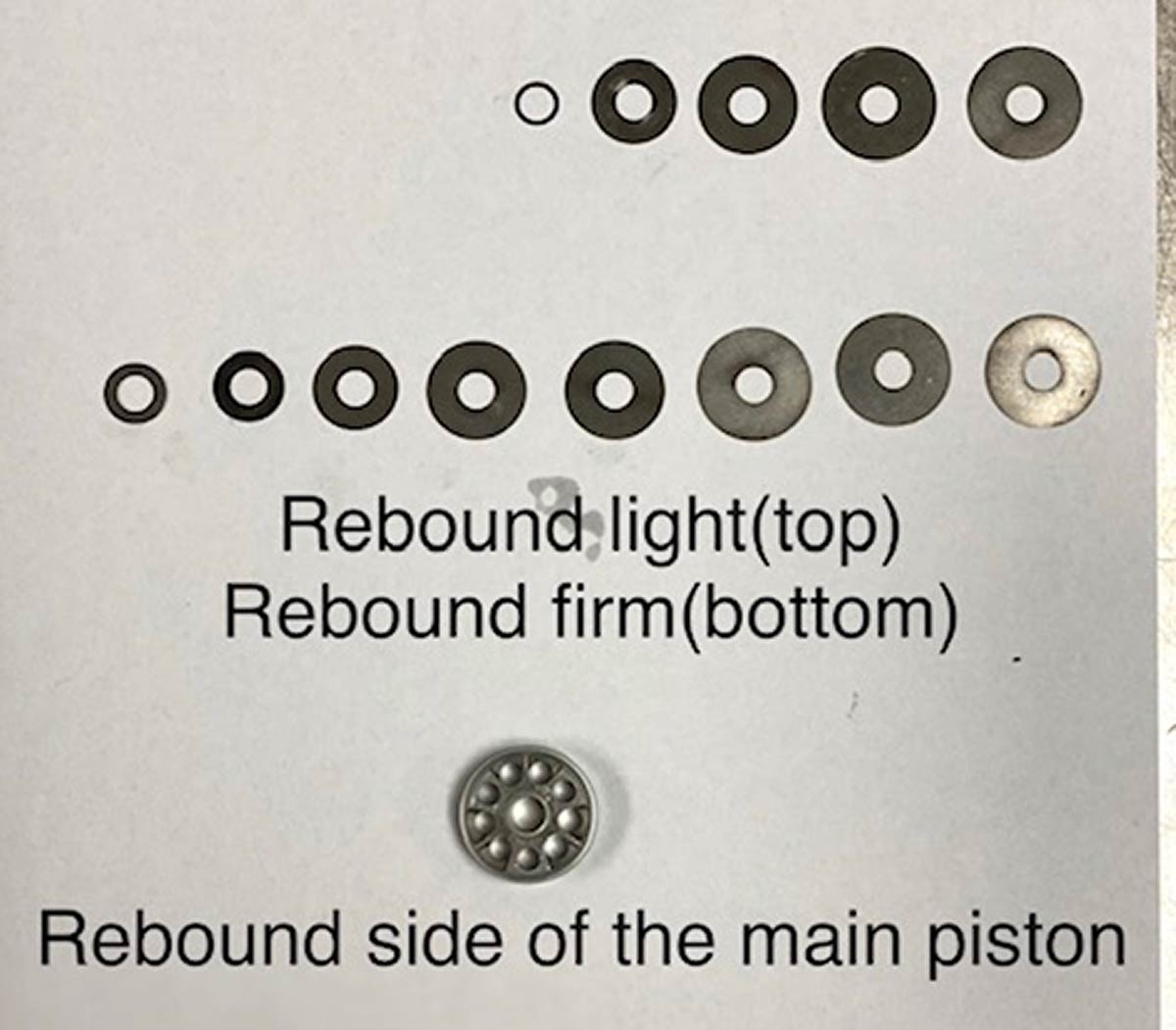
While re-valving suspension can offer some benefits, very light riders will always feel the effects of friction to a greater extent than heavy riders. No matter your weight you have the same amount of seals and bushings as a heavy rider and the force to overcome this will be relatively higher compared to your body weight.

At this point we’ve only discussed suspension but there are other factors as well. Smaller riders tend to run narrower handlebars which basically makes the bar stiffer and increases feedback. Wheels also tend to be built to a certain stiffness which again would increase vibration.
Tim Williams, Silverfish: An optimal rebound damping tune is determined by the air pressure (or coil spring rate) which is in turn determined by the rider weight and bike design. The rebound damping is required to control the speed the shock returns after compression. Energy is stored in the spring under compression – when rebounding, this energy is being released and requires controlling with rebound damping.

A light rider would require a lower pressure or spring rate so therefore the rebound energy requiring controlling would be less. A shock that has a rebound tune for a heavier rider would not return quick enough for a lighter rider which on rough terrain would result in the shock not recovering quick enough between bumps, sitting deeper in its travel at a firmer part of it travels.
This would make for a harsher feeling ride and, depending on rider ability, loose the ‘pop’ that more experienced riders use to work the bike on rough terrain.
Bikerumor: The Fox DPX2 Gemini Shock on our Cannondale Jekyll has a light tune for both compression and rebound circuits – this is how the shock behaves in its slowest rebound setting – pretty fast I’d say! Footage by Joy Morgan.
Only aftermarket Fox shocks come with an off-the-shelf tune as at the point of manufacture there’s no visibility of the final end user. The bike and rider weight combination is essential information needed to specify an optimal tune. For that reason, shocks are built with a tune that will suit most requirements. These of course can then be tailored by us at the Fox Service Centre for specific rider requirements.
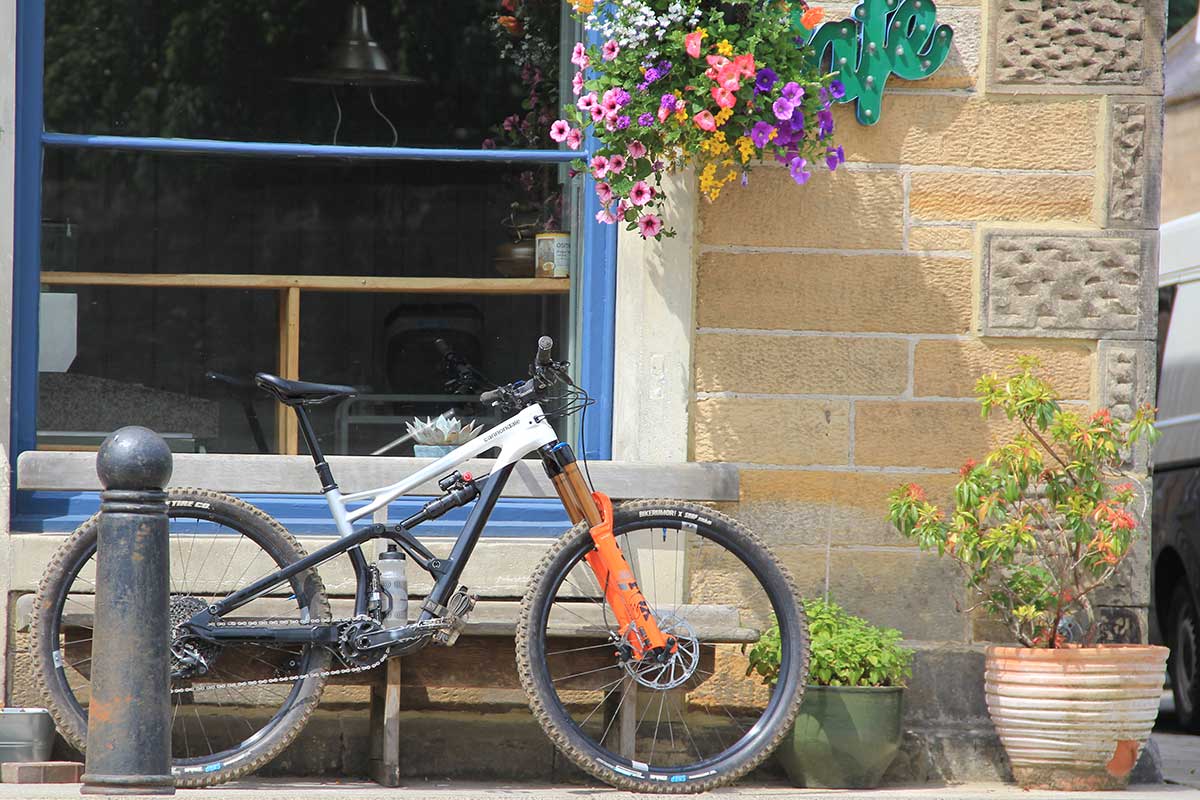
Fox shocks that come fitted on a bike as original equipment would have been tested by the manufacturer along with input from Fox to determine an optimal setup for that specific bike. However, as with aftermarket shocks, at this stage it’s not possible to know the actual weight of the end user so an optimal tune isn’t always possible.
Some brands, not all, may use a different tune for different size frames, the logic being a smaller frame would generally be used by a lighter rider than a large frame for instance.
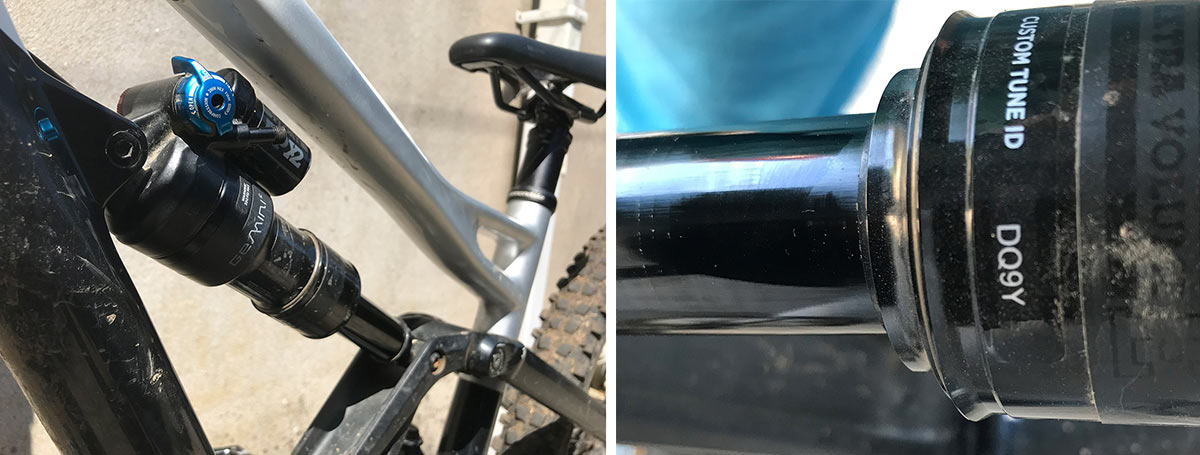
All Fox shocks come with a 4-digit id code sticker which provides the technical specification of that specific shock including the compression and rebound tune. The code can be entered on the technical help section of the RideFox website to find this information.

Whether or not that tune is optimal for a specific rider weight and bike combination would require some expertise from us at the Fox Service Centre, the bike manufacturer or their dealer.
It’s also important to check that all pivot bearings on the frame are running freely as a sticky or worn out bearings/pivots will have a significant detrimental influence on the performance of the suspension.
Sam Anderson, Cane Creek: Lighter weight riders definitely have it worst when it comes to suspension performance. The first step is making sure sag is set properly. It might sound basic, but we constantly hear from a large number of people, even experienced riders, that complain about performance but haven’t taken the first step of setting or checking their sag values properly.
If sag is set properly one can then focus on the damper. However, with very little air pressure or a very light spring rate on a coil shock/fork, the damping force can often over-power the spring force, causing a harsh ride for a light rider.
If the shock or fork has an internal “stock” tune that is heavily damped the (lack of) movement of the suspension will result in a harsh feel while riding. Less compression damping will allow a reduced initiation force of the fork/shock, but also (and potentially more impactful) less rebound damping will allow the suspension to recover faster and create a more comfortable ride.
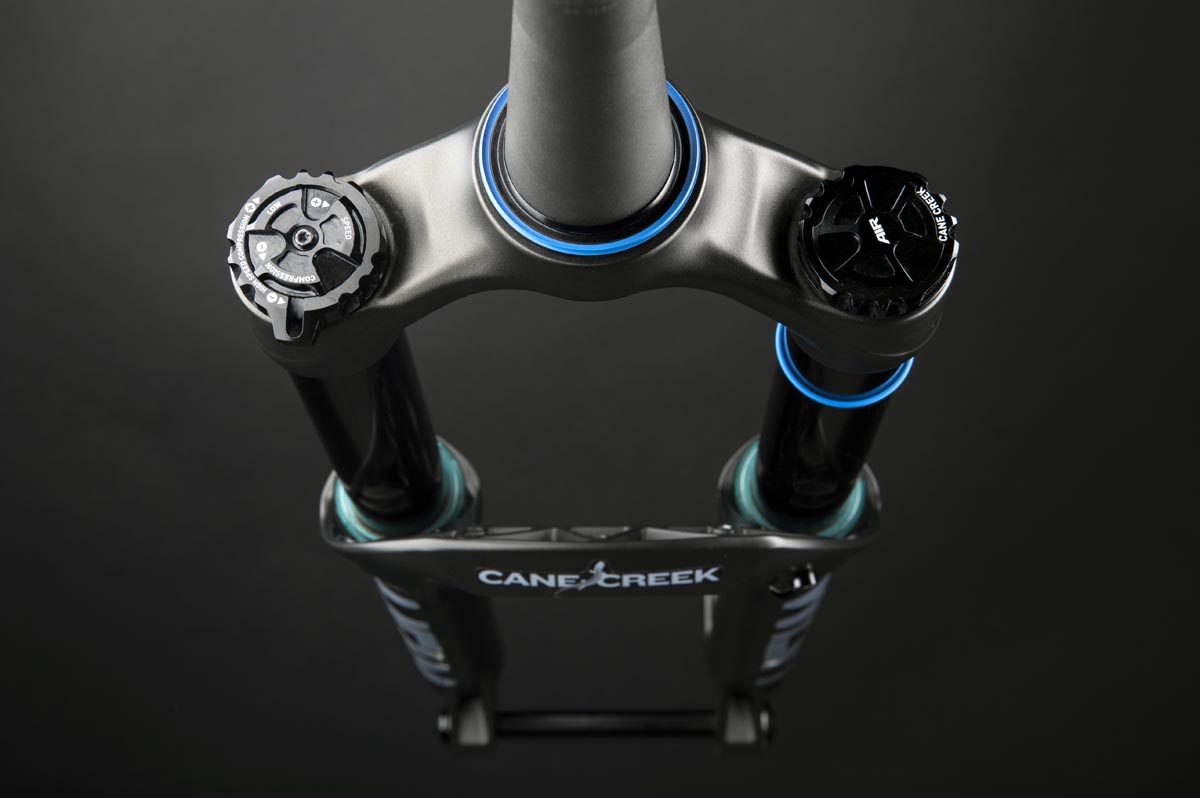
So, reducing the damping on both Rebound and Compression will provide a more comfortable ride feel – but it is difficult or impossible to do this with a shock or fork that has minimal external adjustment.
Often lower-cost suspension doesn’t provide the range of damping adjustment needed for a wide variety of rider weights and abilities and it isn’t cost effective to have those items sent to a service center to be re-tuned (likely the value of the item itself can be less than the cost of servicing/tuning).
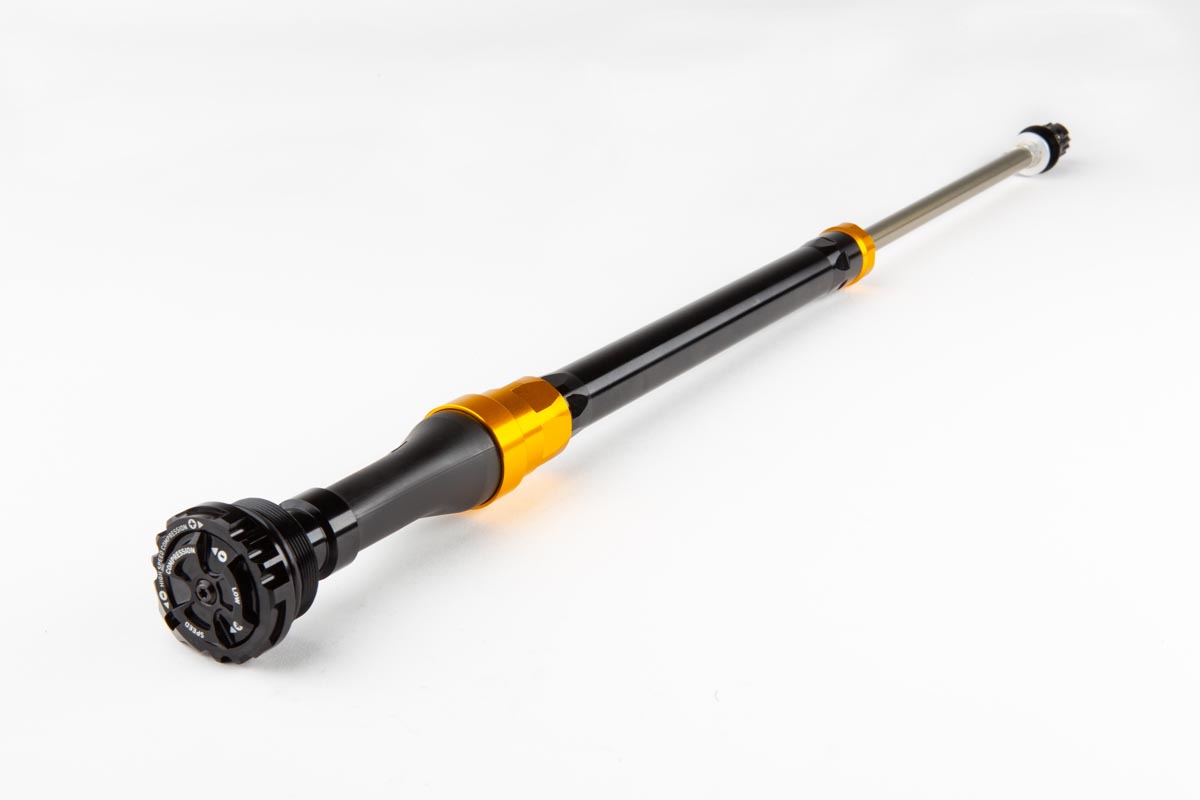
If the rider is on an air shock or fork, checking air volume settings is another piece of the set up worth adjusting. Removing any tokens or other volume reducing objects from a fork or shock will help in achieving full travel at lower forces.
Arnaud Hacquard, SR Suntour: Our factory settings are intended to give the majority of riders the right performance and feeling while using our products according to their intended use, such as commuting, XC or AM Mountain Biking.
However depending on the rider’s riding style and their weight, there may be a need for some individualization. We support suspension tuning through our global bicycle dealer network that sells bicycles spec’d with our forks and shocks.
We offer two categories of positive spring forks. The first is a coil spring; the spring rate will fit most riders of average weight. You can change the level of support offered by the coil a little by adjusting the preload on the spring.
For any light weight or heavy riders, we suggest switching out the spring for a lower-rated spring and a higher-rated spring, respectively. We basically offer three different spring rates for every single model of our range. We suggest that lighter riders should get the soft spring through our network of dealers.
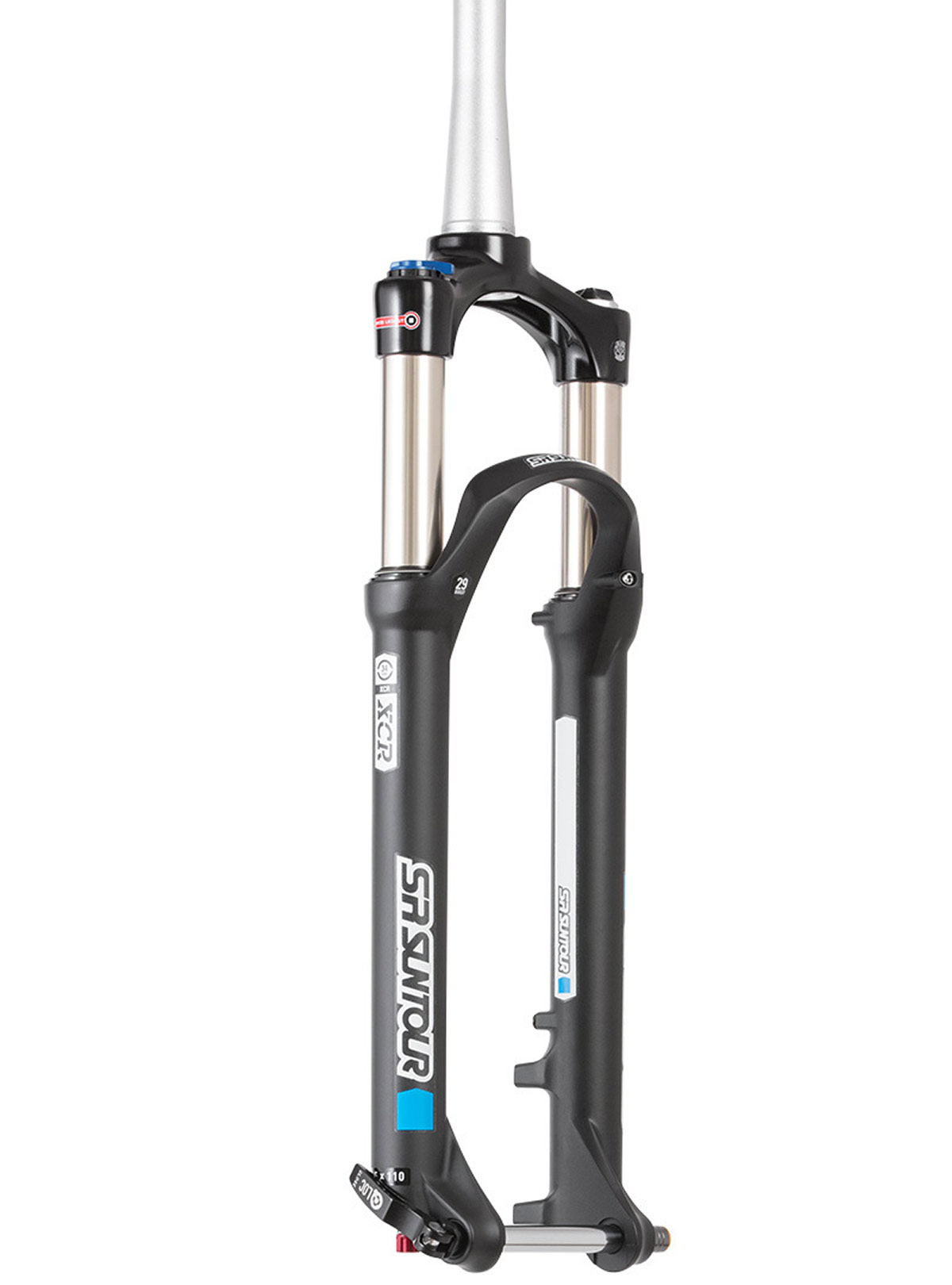
Just as an example, for our XCR34 coil fork with 120 mm of travel, we offer three positive springs. The soft spring is recommended for riders below 60 kg, the medium for riders between 60 kg and 90 kg and the hard spring for those who weigh more than 90 kg.
The second type of fork design offered by SR Suntour is of course the air spring. An air spring allows riders to adjust the “spring rate” to fit their weight with no changes in parts required. You also have the option to adjust the air volume which will change the progression of the spring.
We suggest that riders set the air pressure in their fork by setting the SAG at a specific percentage – this differs according to the model of the fork. Our dealers have access to manuals that state the recommended SAG level.
We openly provide exploded diagrams of our suspension products on the SR Suntour website, so dealers and riders can easily identify parts they need for tuning. A rider’s independent bicycle dealer can get the part ordered and adjust the fork to suit their needs.
Various coil springs and negative spring assemblies are available if you need to change the travel of your fork – like on a DUROLUX EQ model, for example.
A key feature of our suspension is the negative spring. As with the positive spring, you will find two types of such spring, coil and air. Its major role is to help counter the force produced by the positive spring so that less force (a lower threshold) is required to initiate travel.

The coil negative spring has a fixed rate. Its design has the advantage of reliability; you won’t encounter any issues associated with air transfer between the positive and negative air chambers, as you might on the air spring design.
However, a coil negative spring does have the inconvenience of a fixed rate, meaning riders may have to swap out the spring to get one that better suits their weight. For example, a heavy rider with a standard coil negative spring rate won’t have sufficient force to initiate fork travel smoothly. He or she may lose the supple feel at the very beginning of the travel. For these riders we recommend a harder negative spring rate.
We offer three coil negative spring rates. The low-rated spring, or soft spring, is recommended for riders who weigh less than 55 kg. The medium spring is for riders weighing sub 90 kg and the hard spring is for those weighing above 90 kg.
Such recommendations offer only limited guidance as the perception of the performance of the bike depends a lot on the individual’s taste, their riding style, the terrain and also their position on the bike. A bike and/or rider can distribute weight unevenly, for example more to the front or more to the back.
The above recommendations are valid for normal push bikes. E-Bikes are heavier. When riding a steep downhill section or under harsh braking, more support may be required from the spring or damper to ensure the fork remains high in its travel. This should retain a good balance between comfort and stability.

Alternatively, the air negative spring will allow the rider to set the negative spring rate depending on the positive spring rate.
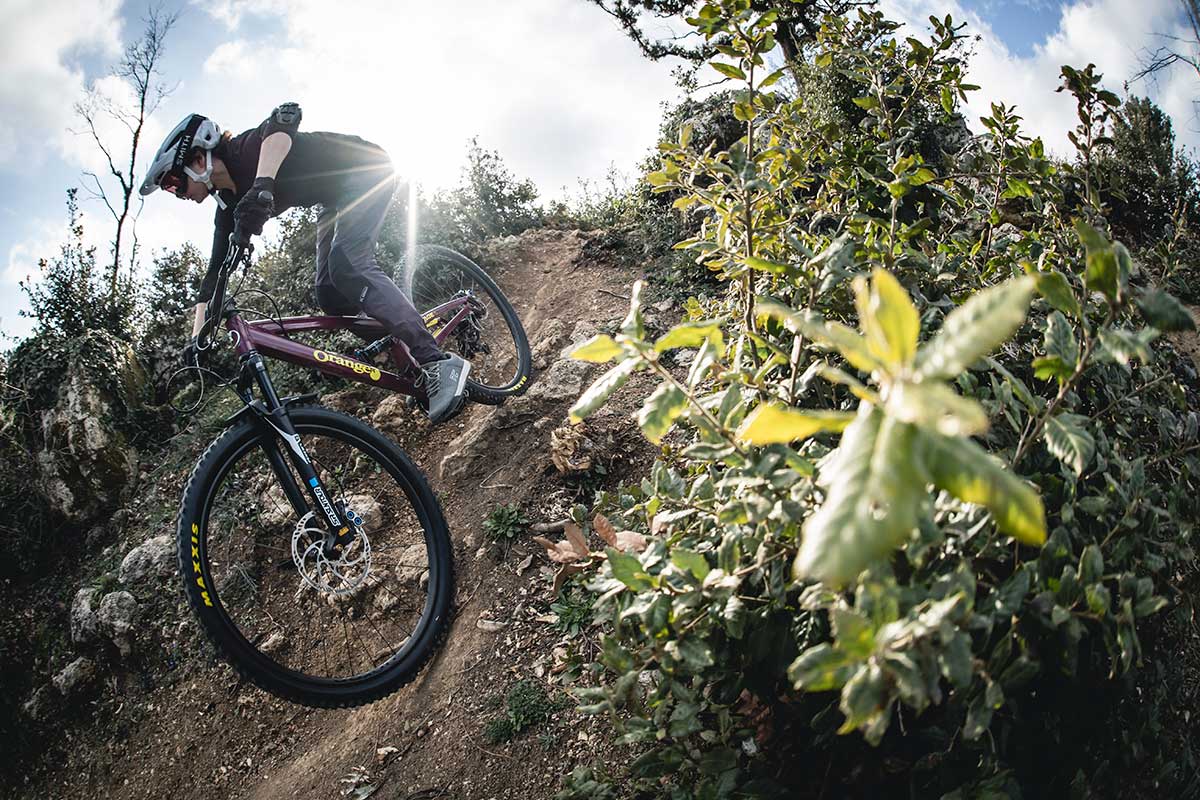
In order to make setup easier for riders, we designed our new EQ system based on a single valve to pressure both the positive and negative air chambers. A small groove serves a purpose as a transfer port, balancing the positive and negative chamber pressures when the fork sits at its SAG point. This way any rider will get an ideal base as a negative spring rate, no matter his or her weight.
Got a question of your own? Click here to use the AASQ form to submit questions on any cycling-related topic of your choice, and we’ll get the experts to answer them for you!



